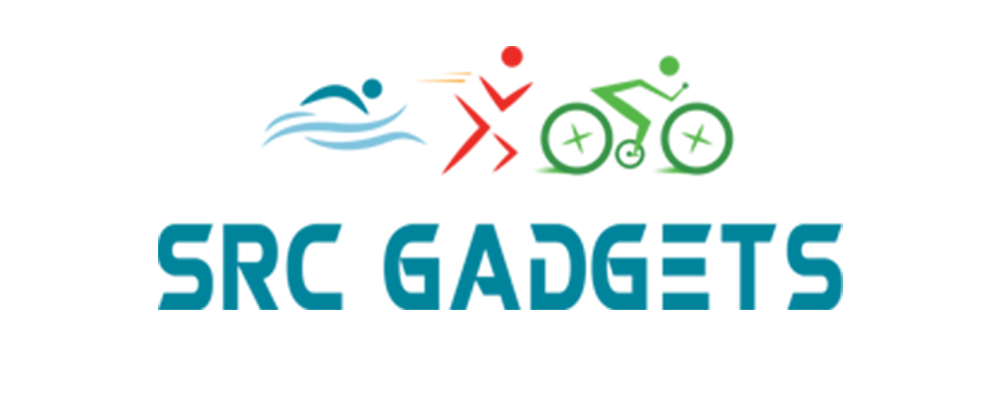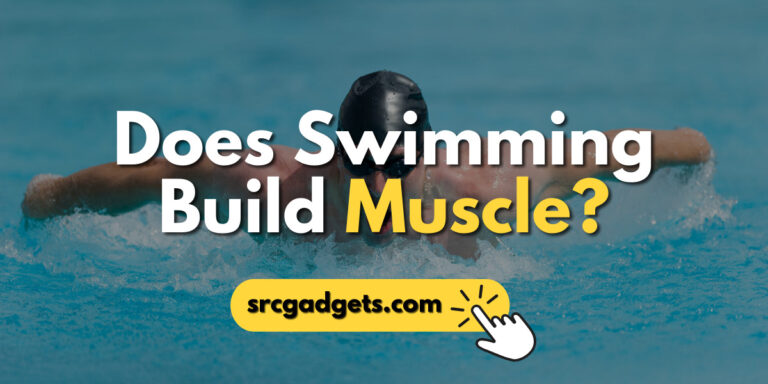How to Lose Weight While Training for a Triathlon
Triathlon involves swimming, biking, and running. Each sport requires specific strengths: swimming needs good upper body strength and lung capacity, biking demands leg power and stamina while running focuses on stamina and speed.
Your body weight significantly impacts your performance; extra weight can slow you down and cause quicker fatigue, whereas a lighter body boosts agility and efficiency.
Knowing these demands helps plan your training and diet for better performance in a triathlon.
This article offers practical advice on balancing triathlon training with weight loss. It is challenging to lose weight during triathlon training. Still, you can achieve it if you follow energy-balancing nutrition strategies, do strength-and-cardio exercises, and reduce your training loads.
Nutritional Strategies for Weight Loss During Triathlon Training
Importance of Nutrition in Triathlon Training
In triathlon training, what you eat is as important as how you train. Your body needs energy from a balanced diet to handle long workouts.
Three key food elements are crucial here: carbohydrates, proteins, and fats.
Create a Calorie Deficit for Weight Loss
Losing weight means eating fewer calories than you burn.
Here’s a simple way to do it:
This approach helps you lose weight safely without sacrificing the energy you need for triathlon training.
Hydration and Weight Management
Staying hydrated is key for triathlon training. It helps your body work better and keeps your performance high.
Don’t worry about small weight changes from water; they’re normal. Focus on drinking water regularly to stay healthy and perform well.
Effective Training Techniques for Weight Loss
Integrating Cardiovascular and Strength Training
Losing weight while training for a triathlon involves two key workouts: cardio exercises and strength training.
This combination of cardio and strength training will help you lose weight effectively while preparing for your triathlon.
High-Intensity Interval Training (HIIT) in Triathlon
HIIT is a simple, effective workout method perfect for triathletes. It mixes short, intense exercises with rest periods. For example, you sprint for a bit, then slow down and repeat. This method is great for burning fat quickly.
You can use HIIT in swimming, cycling, and running.
This not only helps burn fat but also improves your heart health, which is important for triathlons.
HIIT makes workouts fun and varied. It’s about pushing hard for a short time, then resting, and repeating. This approach is efficient and can help you see better results faster.
Stamina Training for Fat Burning
Stamina training is great for burning fat. This approach involves less intense but longer workout sessions. Think of a comfortable jog instead of a fast sprint. This method helps your body burn fat efficiently without overworking yourself.
The goal is to exercise at a pace where you can still talk. Keep your effort steady and moderate for the best results. This training type helps your body use fat as a fuel source, efficiently burning it off.
To get this right, aim for a balanced workout routine. It’s not about pushing yourself to the limit every time but maintaining a consistent, moderate level of effort. This ensures you’re effectively burning fat without exhausting your body.
Recovery and its Impact on Weight Loss
Recovery is just as crucial as your training sessions. It’s essential to take rest days for your body to repair and grow stronger, aiding in weight loss. These days, engage in light, easy activities like gentle swimming or yoga.
This approach, known as ‘active recovery,’ helps in weight loss while preventing overtraining. It keeps you active without strain, supporting your overall fitness and recovery.
Remember, a balanced mix of training and rest is key for effective weight loss in triathlon training.
Common Mistakes to Avoid
When training for a triathlon while trying to lose weight, it’s easy to make some mistakes that can slow down your progress or even harm your health.
Here are three key things to watch out for:
1. Too Much Training:
It’s important not to push yourself too hard. Training too much can stop you from losing weight and make you feel exhausted all the time. Listen to your body and rest when you need to.
2. Not Eating Enough:
While cutting calories is part of losing weight, eating too little can backfire. Your body needs enough fuel to handle the tough workouts. If you don’t eat enough, you might feel weak, and your training could suffer.
3. Ignoring Your Body s Warning Signs:
Pay close attention to how you feel. If you’re always tired or if something hurts, don’t just ignore it. These could be signs that you need to take a break or change your training routine. Taking care of these signs early can prevent bigger problems later.
Conclusion
Weight loss while triathlon training is a matter of finding the right balance, and this means eating well, training that boosts strength and stamina, and getting plenty of sleep. By mastering these areas, you will lose weight and perform better.
Keeping things balanced and straightforward will ensure you reach both your fitness and weight loss goals in a triathlon. It’s not just about crossing the finish line; it’s also about experiencing transformation and growth.





